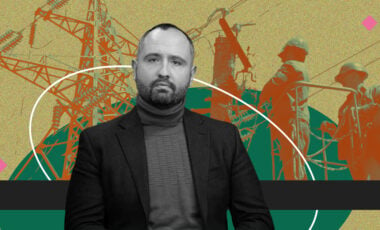Military Tactical Simulators: Differences Between Ukrainian and World Manufacturers
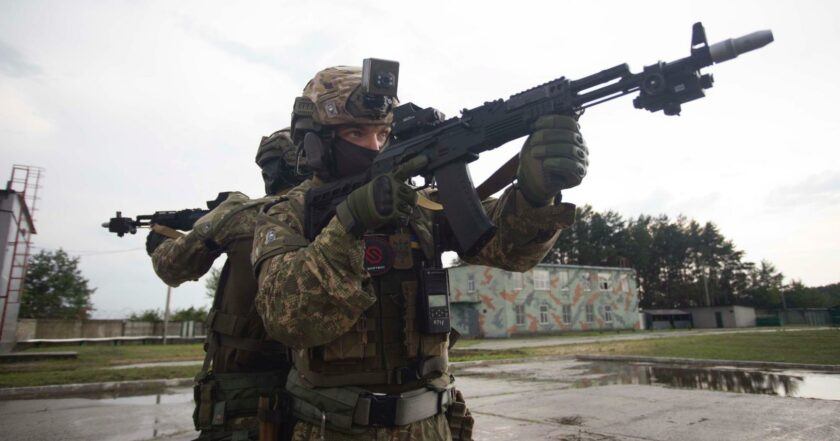
The military-tech industry in Ukraine is developing at a remarkable speed. There is demand from the military, as well as an opportunity to rapidly develop, produce, and immediately test products on the battlefield. This is evidenced by the data of the Ministry of Economy of Ukraine, which shows that the military-tech market grew 3-7 times in the conditions of full-scale war.
An interesting trend is observed not only in Ukraine but also worldwide. A few years ago, when choosing a supplier, defense ministries of various countries looked only to the big players and regular contractors of the Pentagon and NATO, such as Cubic, Lockheed Martin, Saab, Thales, and others. Now, this field is increasingly being mastered by small and medium-sized companies.
We will analyze why their solutions are winning and whether there is indeed a revolution in the segment of small and medium-sized military-tech businesses. To do so, let's take the example of the first Ukrainian manufacturer of tactical simulators based on laser technologies – Skiftech, which began producing and supplying equipment for units of the Armed Forces of Ukraine even before the start of the full-scale invasion.
What is the problem?
For a long time, almost all military training in Ukraine was one-sided: fighters fired at targets and practiced against a conventional "silent" opponent. Staging the training process using blank cartridges did not provide the necessary feedback regarding the effectiveness of each individual fighter and the unit as a whole. Such training does not offer an opportunity to practice tactics, coordination, movement, and assault actions of fighters, and lacks the necessary analytics to determine whether a fighter hit or was hit,
Bilateral training is more effective, pitting force on force. This allows fighters to gain experience that will help them on the actual battlefield.
What is a solution?
An innovative solution for military training is offered by the Ukrainian military-tech company Skiftech, which produces tactical simulation systems based on laser technologies. Skiftech emerged in response to a request from the military. In 2014, the team was approached by the military department of the Institute of Tank Forces in Kharkiv with a request to develop simulators for military training using laser technologies. The specialists already had experience in the production of commercial laser tag equipment, but quickly realized that the defense direction was entirely different. After all, the realism of tactical training is a critically important factor for the military. Therefore, the simulators had to correspond to the combat characteristics of real weapons, such as the rate of fire, the range of engagement, the number of cartridges in the magazine, and others.
Nine years have passed since those initial research efforts, developments, and equipment prototypes. During this time, the company has released several generations of equipment and has started supplying simulators regularly to military units of the National Guard, the State Border Service, and the training centers of the Armed Forces of Ukraine. Today, the Ukrainian manufacturer is planning a full-fledged entry into the international market and offers technological solutions that have been adopted by the world's largest arms manufacturers, such as the stress belt product, which was developed and initially introduced to the market by Skiftech.
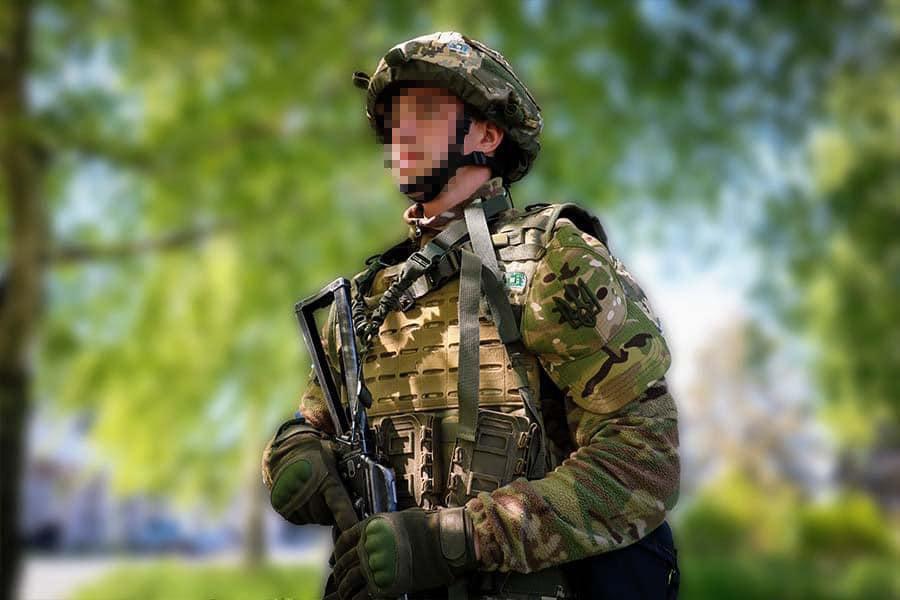
Military serviceman in personal kit (photo: Ministry of Defense of Ukraine)
The main advantage of training with tactical engagement simulation systems is the creation of conditions that closely resemble actual combat operations.
How does it work?
For training, each fighter has a personal kit, which includes a tactical helmet cover with hit sensors, a weapon with a laser emitter, a vest with hit sensors, and a stress belt. When a fighter is hit, the sensors on the vest and helmet start to flash, and the stress belt sends a small electrical impulse to the arm. This way, the fighter knows they are wounded, and in the case of three hits, they are considered eliminated.
Skiftech tactical simulators have been proven effective in the field by a combat army.
And does it work for sure?
Ukrainian military-tech companies, unlike foreign ones, have the opportunity to receive prompt and regular feedback about their products from military personnel with experience in real combat operations. And, of course, they can react quickly to this feedback.
Experts say that Ukraine is currently advancing rapidly, leapfrogging several generations of military technology at once, and mastering advanced modern types of weapons literally on the battlefield.
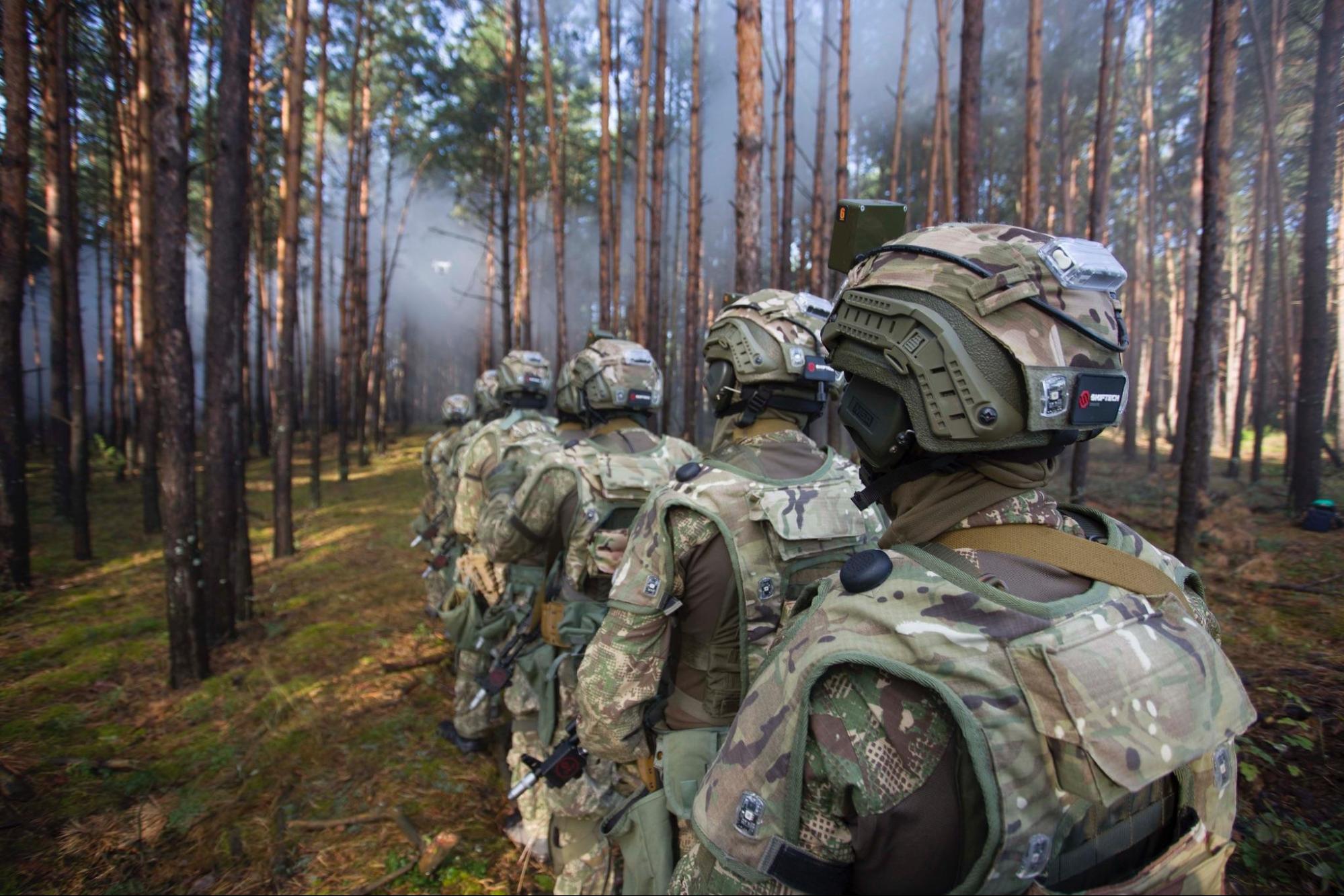
Training with tactical simulators
Manufacturers also have to keep pace with the needs of the Armed Forces. Skiftech offers solutions that incorporate the latest developments from 2022 to ensure efficiency and equipment availability. For example, the company is currently concurrently developing and testing five products, including RPG-7, AGS, SPG, Shilka, and Stinger. Some of them utilize artificial intelligence tools. By the end of the year, Skiftech plans to complete the development of a new generation of equipment for a fighter's individual kit, which will be wireless.
Most of the world's manufacturers of tactical simulators emerged in the last century, operating in dozens of countries with a workforce comprising several tens of thousands of specialists. In addition to producing tactical simulators, they are also involved in various industrial sectors, such as space and transportation technology development, military equipment production, and robotics. It is evident that, due to their size and extensive geographic reach, decision-making at these industry giants can often take many months, whereas a smaller company could achieve the same in a matter of days. Another significant aspect is that these market leaders expand their project and product portfolios through the acquisition of smaller manufacturers, who are typically the originators and developers of technological solutions.
Skiftech, on the other hand, handles the development, research, manufacturing, and supply of equipment entirely in-house. This approach ensures swift communication, interdepartmental collaboration, and rapid decision-making.
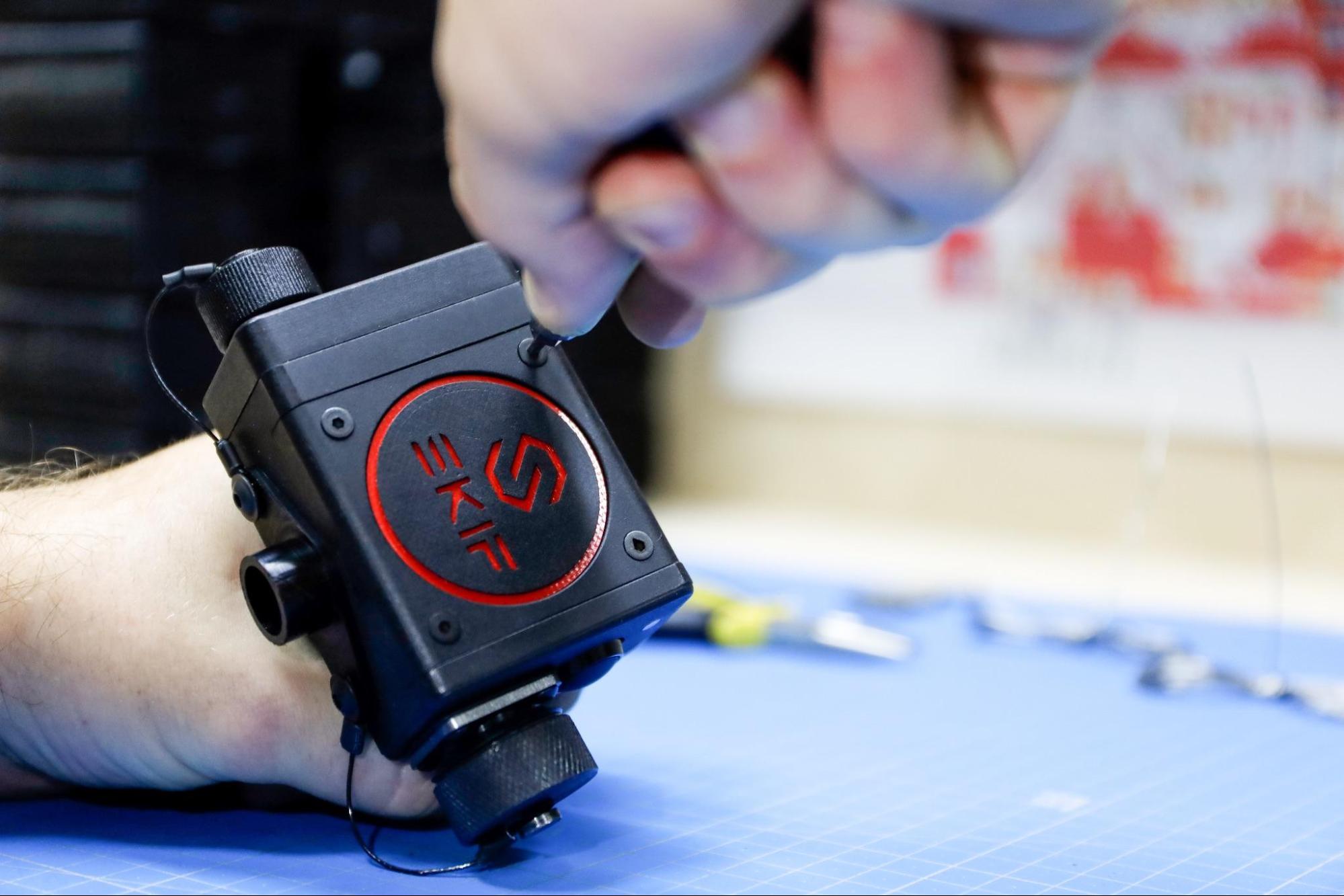
Laser emitter for the weapon (photo from Skiftech manufacturing)
Even more useful solutions
Skiftech manufactures laser tactical simulators for infantry, artillery, mortars, anti-tank missiles, MANPADS, tanks, armored personnel carriers, BMPs, etc. The company has developed equipment that operates as a unified ecosystem, enabling various types of troops to train simultaneously on the same training grounds.
The Ukrainian manufacturer emphasizes its capability to develop tailored solutions to meet the specific needs of the military. This could involve creating solutions for particular types of weapons or individual exercises and training programs using tactical simulators. Adapting a product in this manner is a complex process that demands unconventional and unique approaches, extensive research, and in-depth analytics. Large multinational companies often hesitate to allocate such extensive resources to a single project and instead offer more universal solutions. Flexibility and innovation are highly valued factors when selecting a contractor.
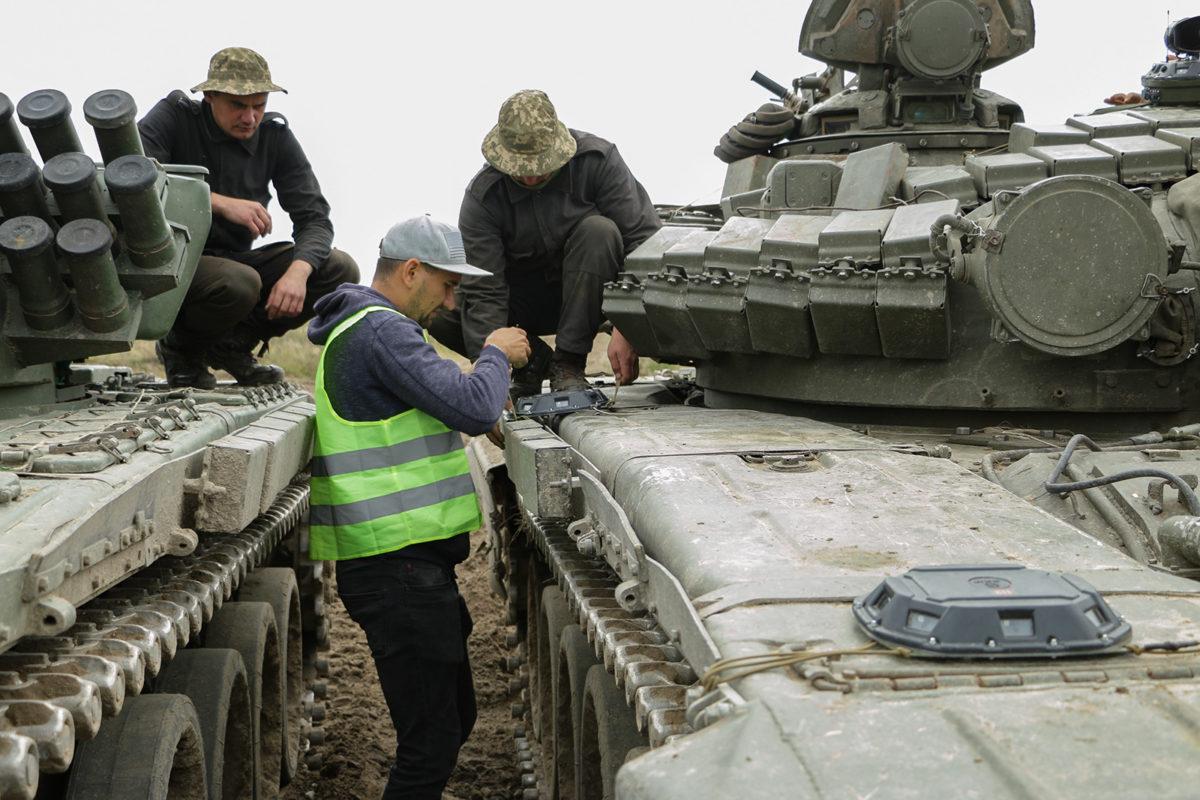
Skiftech specialists adjust the equipment at the training ground
For example, Skiftech became the technical contractor for the DartRange project for an international company that is a supplier of simulators for law enforcement agencies with 20 years of experience. The Ukrainian manufacturer has developed a solution for the law enforcement sector that implements a return fire system during firearms training. This system allows personnel to not only practice shooting skills but also enhances their ability to respond to incoming fire. This will contribute to saving lives and health of law enforcement officers and soldiers if they encounter such situations during their duties. In this way, DartRange expands training opportunities and preparation for law enforcement personnel.
In a conclusion
Unlike their global competitors, Ukrainian manufacturers possess a unique advantage: their Minimum Viable Product (MVP) undergoes rapid practical testing, providing valuable feedback. Nevertheless, there is a potential threat that could impede the development of military technology within the country – a lack of investment. Ukraine has yet to establish the necessary infrastructure for financing military projects. However, the industry is experiencing active growth, and there remains a chance that both foreign and domestic investors will find interest in Ukrainian innovations, aiming to produce and export valuable products that can compete on the world market.

































